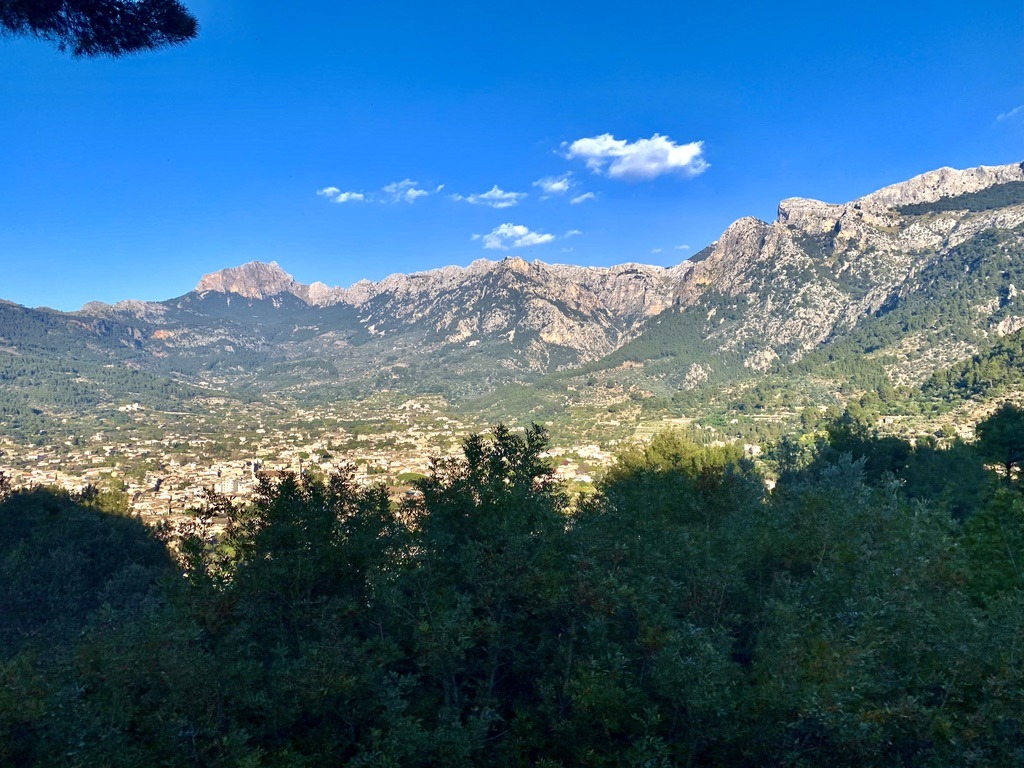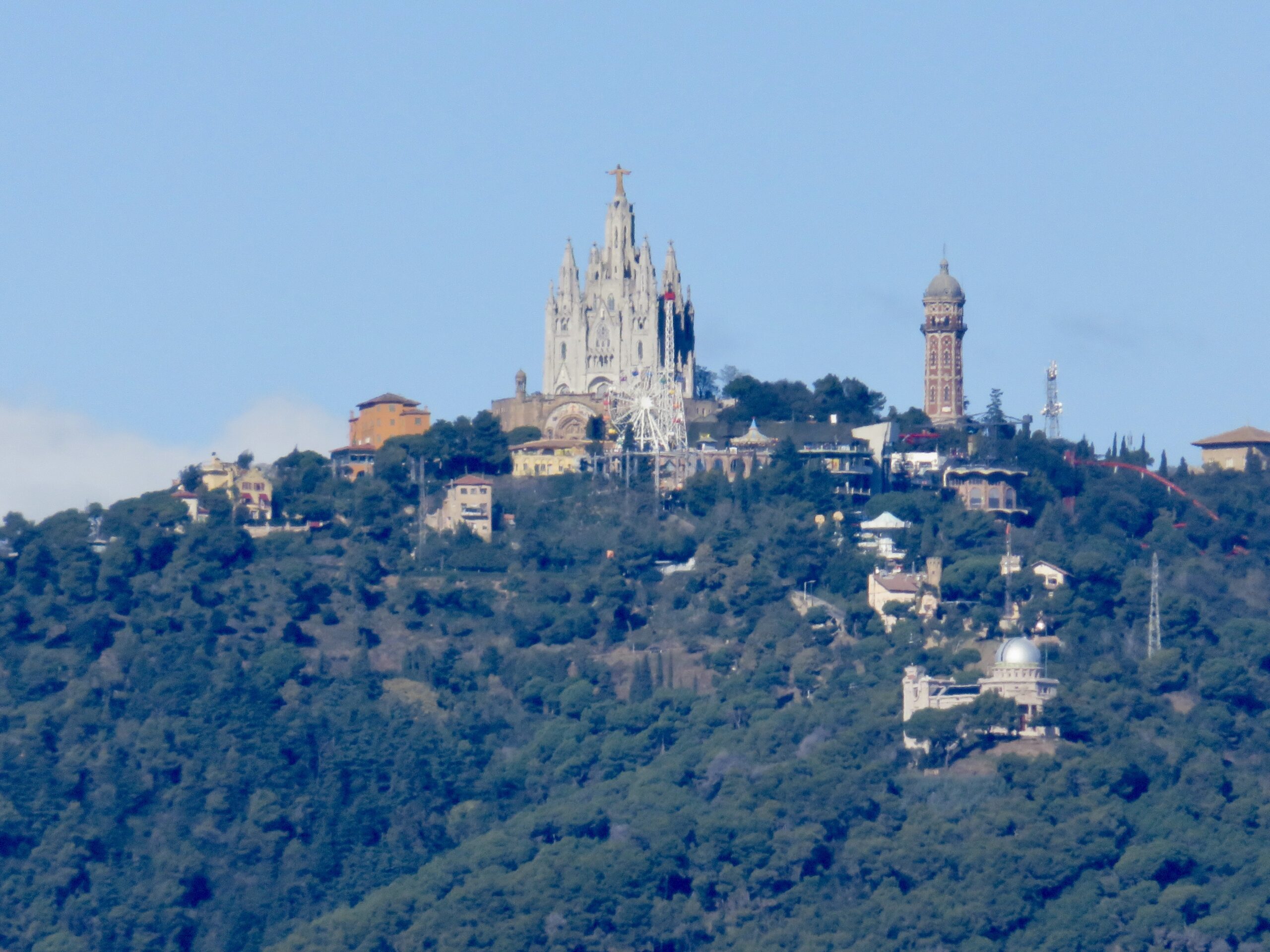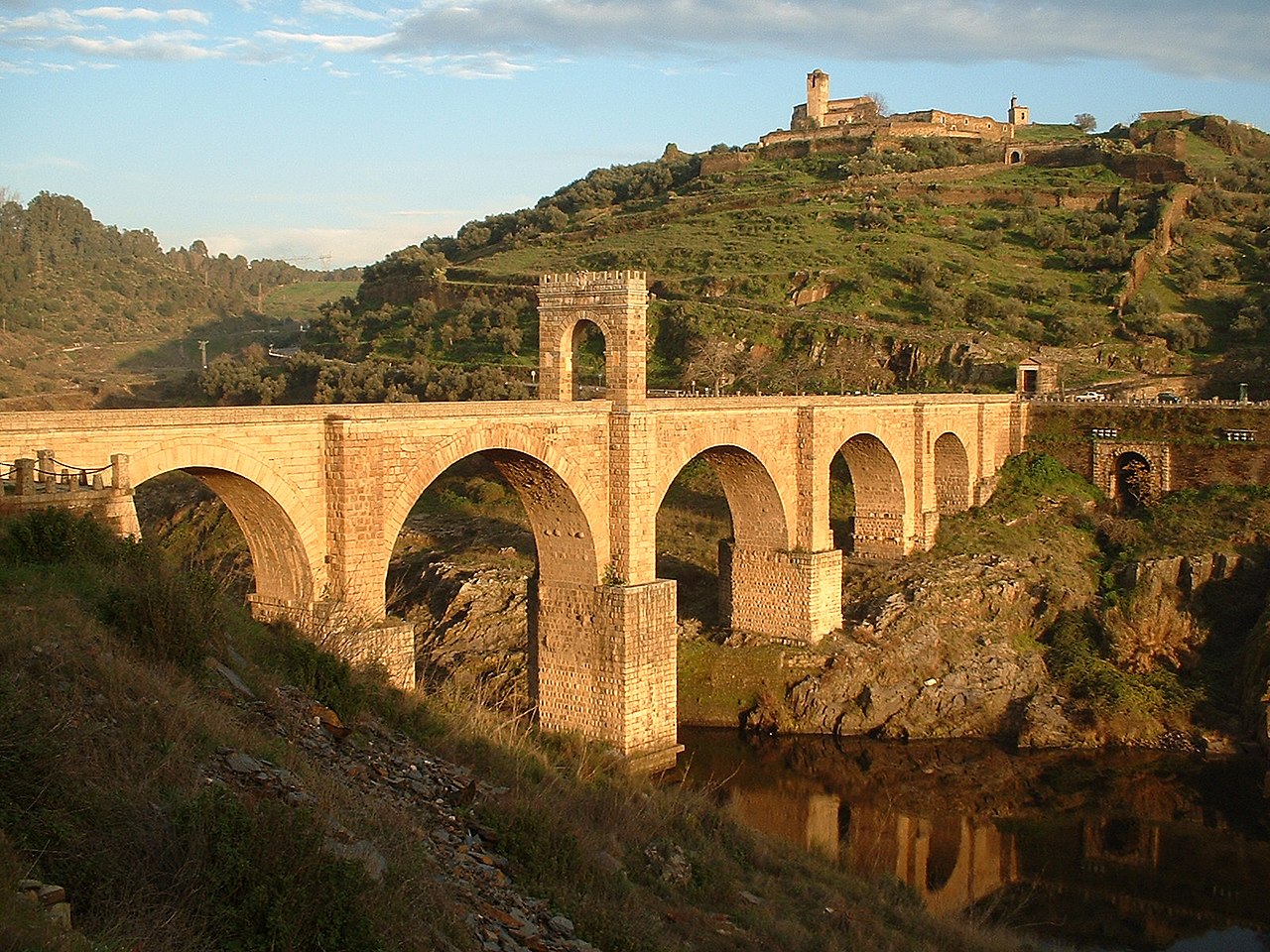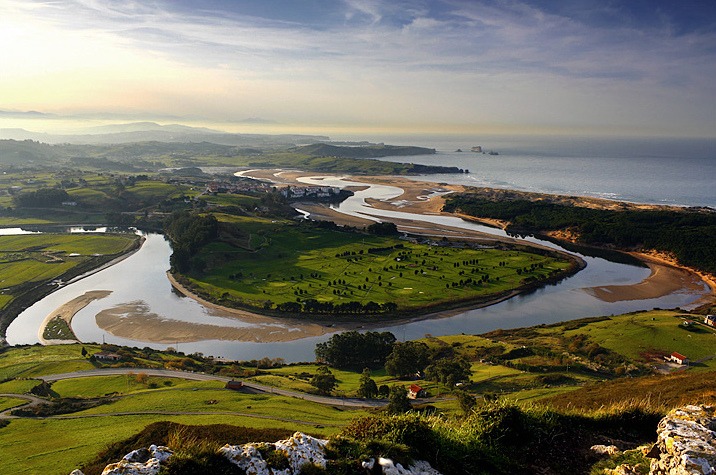The Balearic Islands enchant visitors with their stunning landscapes, rich cultural heritage, and delicious cuisine. Whether you’re exploring historic towns, relaxing on beautiful beaches, or savoring local dishes, the Balearic Islands offer a memorable and enriching travel experience.
Getting There and Around
The Balearic Islands, an archipelago in the Mediterranean Sea, consists of major islands such as Mallorca, Menorca, Ibiza, and Formentera. They are accessible via several international airports: Palma de Mallorca Airport, Menorca Airport, and Ibiza Airport. From these airports, you can reach various parts of the islands by bus, taxi, or car rental. Inter-island travel is facilitated by ferries and flights. Public transportation within the islands includes buses and, in Mallorca, a train service.
Top Attractions
- Palma Cathedral (Mallorca): Also known as La Seu, this impressive Gothic cathedral is located in the capital city of Palma. It’s renowned for its stunning architecture and beautiful rose window.
- Dalt Vila (Ibiza): A UNESCO World Heritage site, this historic fortified old town offers narrow cobblestone streets, ancient buildings, and spectacular views of the harbor.
- Ciutadella (Menorca): This charming town features a picturesque port, historic buildings, and beautiful squares. Highlights include the Ciutadella Cathedral and the Plaça des Born.
- Cala Macarella (Menorca): One of the most beautiful beaches in Menorca, known for its crystal-clear turquoise waters and white sand. It’s ideal for swimming, snorkeling, and relaxing.
- Serra de Tramuntana (Mallorca): A UNESCO World Heritage site, this mountain range offers stunning landscapes, charming villages like Valldemossa and Deià, and numerous hiking trails.
- Es Vedrà (Ibiza): A small rocky island off the southwest coast of Ibiza, known for its dramatic cliffs and mythical legends. It’s a popular spot for sunset views and boat trips.
Culture and Cuisine
The Balearic Islands have a rich cultural heritage influenced by various civilizations, including Romans, Moors, and Catalans. Each island has its own distinct traditions and festivals. Notable events include the Sant Joan Festival in Menorca and the Nit de Sant Joan in Mallorca, which celebrate the summer solstice with bonfires, music, and dancing.
Balearic cuisine is a blend of Mediterranean flavors, featuring fresh seafood, locally grown produce, and traditional recipes. Must-try dishes include ensaimada (a sweet pastry), sobrasada (a cured sausage), and caldereta de langosta (lobster stew). The islands are also known for their wines, particularly those from Mallorca’s Binissalem and Pla i Llevant regions. Don’t miss tasting hierbas ibicencas, a traditional herbal liqueur from Ibiza.
Shopping
For shopping enthusiasts, Palma de Mallorca offers a mix of international brands, local boutiques, and specialty stores. The old town and Santa Catalina district are perfect for unique souvenirs, artisan crafts, and traditional Balearic products such as ceramics, leather goods, and jewelry. Local markets, like the Mercat de l’Olivar in Palma, are great places to buy fresh produce, local delicacies, and artisanal goods.
Day Trips
The Balearic Islands’ diverse landscapes make them ideal for day trips:
- Cabrera Archipelago National Park: A protected area off the coast of Mallorca, known for its pristine waters, rich marine life, and historical sites. It’s perfect for boat trips, snorkeling, and hiking.
- Formentera: A small, tranquil island south of Ibiza, famous for its stunning beaches, crystal-clear waters, and laid-back atmosphere. It’s ideal for a relaxing day trip by ferry.
- Soller (Mallorca): A picturesque town in the Serra de Tramuntana mountains, accessible by a scenic train ride from Palma. Highlights include the old town, botanical gardens, and the nearby Port de Soller.
Practical Tips
- Best Time to Visit: Spring (April to June) and Fall (September to November) offer mild weather and fewer tourists. Summers are hot and busy, perfect for beach activities, while winters are mild and quieter.
- Language: Spanish and Catalan are the official languages. While English is widely spoken in tourist areas, learning some basic Spanish or Catalan phrases can enhance your experience and interactions with locals.
- Safety: The Balearic Islands are generally safe, but as with any tourist destination, be mindful of your belongings in crowded areas and tourist sites to avoid pickpocketing.





